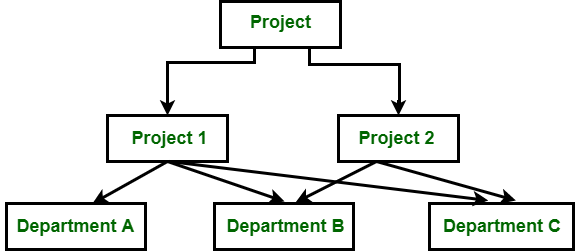
|
|
The global enterprise data management market is predicted to grow at a compound annual growth rate of 12.1% until 2030. This growth underscores the importance of effective data management strategies in organizations. A critical component of this strategy is the database management system (DBMS), which stores all the enterprise data required for software applications, systems, and IT environments, aiding in smarter data-driven business decisions. What is a Database Schema?A database schema is a formal description of how data is structured or organized within a database. It defines the logical view of the entire database, including tables, fields, relationships, views, and constraints. While relational databases use schemas to organize data in tables and employ SQL for querying, non-relational (NoSQL) databases also have structures, although they differ significantly from relational schemas. Components of a Database Schema
Six Types of Database SchemasDatabase schemas come in various forms, each suited to different types of data organization and use cases. Here are the six most common types: Flat Model:Organizes data in a single, two-dimensional table, similar to a spreadsheet. Suitable for simple databases without complex relationships.  Flat Model Hierarchical Model:Structures data in a tree-like format with parent-child relationships. Ideal for nested data such as family trees or organizational charts.  Hierarchical Model Network Model:Similar to the hierarchical model but allows more complex connections like many-to-many relationships. Used for modeling workflows and resource movements.
Relational Model:Organizes data in tables (relations) with rows and columns. Forms the basis of most modern databases and uses SQL for data management.  Relational Model Star Schema:Evolved from the relational model, organizing data into facts (numeric data) and dimensions (descriptive data). Commonly used in data warehousing.  Star Schema Snowflake Schema:An extension of the star schema with more complex, normalized structures. Suitable for databases requiring detailed descriptive data.  Snowflake Schema What is Database Schema Design?Database schema design involves the strategies and practices for constructing a database schema. It acts as a blueprint for storing large volumes of data efficiently. Good schema design ensures data is easy to retrieve, manipulate, and interpret, aiding developers and analysts in their work. Importance of Database Schema DesignEfficient database schema design is crucial for several reasons:
How to Design a Database SchemaDesigning a database schema involves several key steps:
Best Practices for Database Schema DesignFollowing best practices in database schema design helps create efficient, secure, and scalable databases:
ConclusionA well-designed database schema is vital for efficient data management and making the most of enterprise data. By understanding the different types of schemas and following best practices, organizations can ensure their databases are robust, scalable, and secure, supporting informed decision-making and business growth. FAQWhat is a Database Schema? A database schema is a formal description of a database’s structure, defining how data is organized, including tables, fields, and relationships. Why is Database Schema Design Important? It ensures efficient data organization, reducing redundancy, maintaining integrity, optimizing performance, and securing data. What are the Types of Database Schemas? The six common types are flat model, hierarchical model, network model, relational model, star schema, and snowflake schema. How to Design a Database Schema? Identify entities, define tables and fields, apply constraints, and normalize data. |
Reffered: https://www.geeksforgeeks.org
| AI ML DS |
| Related |
|---|
| |
| |
| |
| |
| |
Type: | Geek |
Category: | Coding |
Sub Category: | Tutorial |
Uploaded by: | Admin |
Views: | 18 |
